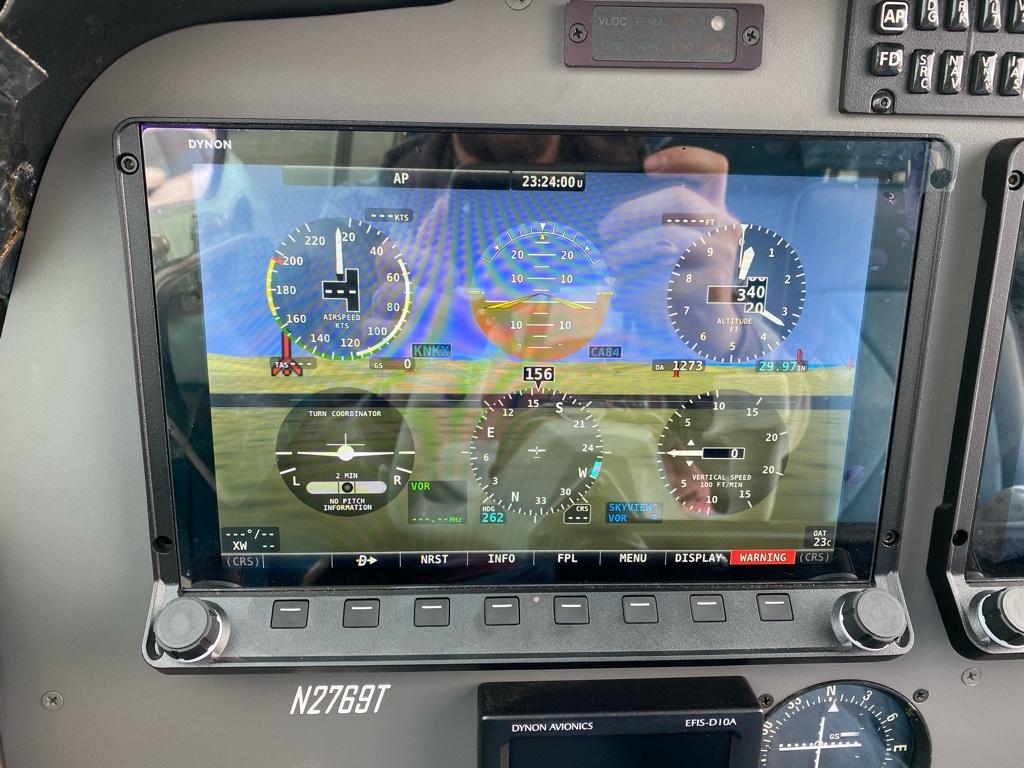I've been flying with G5s for about 9 months. Initially, I found the G5s to be a bit of information overload, and and used the G5 AI and HSI just like I would in the old analog scan, along with the altimeter, VSI, TC, and ASI. The slight disagreement between altimeters provided an unwelcome distraction.
As I have had more time with the G5s, I find that my scan can be largely limited to the G5 AI and HSI, with reference to the TC for standard rate turn establishment, and only occasional glances at the altimeter to confirm I've set both altimeters to the correct barometer setting, and that they still agree. Having the CDI baked into both G5 instruments is really handy: a CDI display is always in your primary scan. The virtual ball in the virtual slip/skid indicator works really well (very sensitive!) but the TC bars are impossible to see and nearly useless. So are the VSI bars. The actual TC is more intuitive than the virtual one. I hated the tapes initially, especially the ASI tape, but now I find both tapes easy to interpret. Both tapes are very sensitive to small changes. I find I don't look at the real ASI much anymore, and am just mostly mildly annoyed that AI and altimeter readings are never exactly the same, even if they are within specs. I decided to follow the AI tape, and confirm that the analog altimeter is consistent from time to time. I still use the VSI to verify power/pitch performance for standard climbs and descents. One thing that is a huge improvement: the AI is so clear and sensitive that it is easy to set precise pitch/power settings for desired flight configurations. The only complication is that level flight at approach speed is not the AI centered on the horizon, but rather 2 degrees nose up for me. (This will be different for every plane.) For certified installs, centered on the horizon is supposed to be the attitude when the plane is properly leveled on the ground. You are not allowed to "adjust" it in flight like the old mechanical AIs. Or set it to something other than as described in the installation manual. Just something different to learn and incorporate.
It does take your brain a little practice to become acclimated to ingesting the appropriate information for instrument flight, but it is not a difficult transition, even for a 60-something. I think going the other way (glass to analog) would be harder, but I have no way of knowing that based on my own training, which was 30 years ago, and subsequent experience which was strictly analog. Personally, I think the G5s are an improvement, and I don't miss the vacuum system at all. (One less gauge to scan.)







